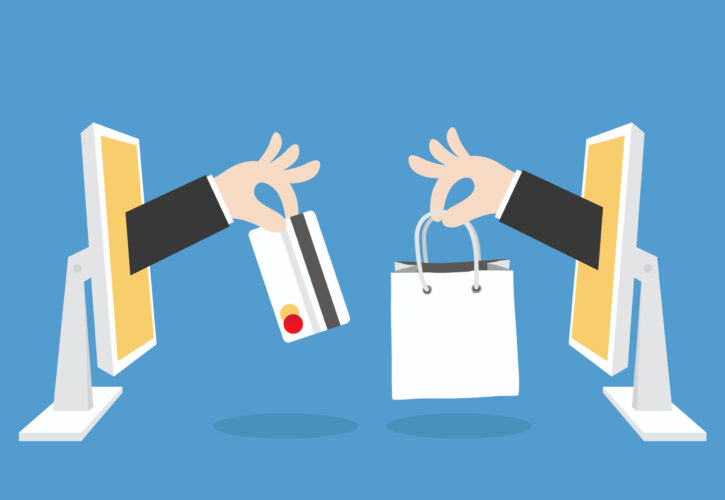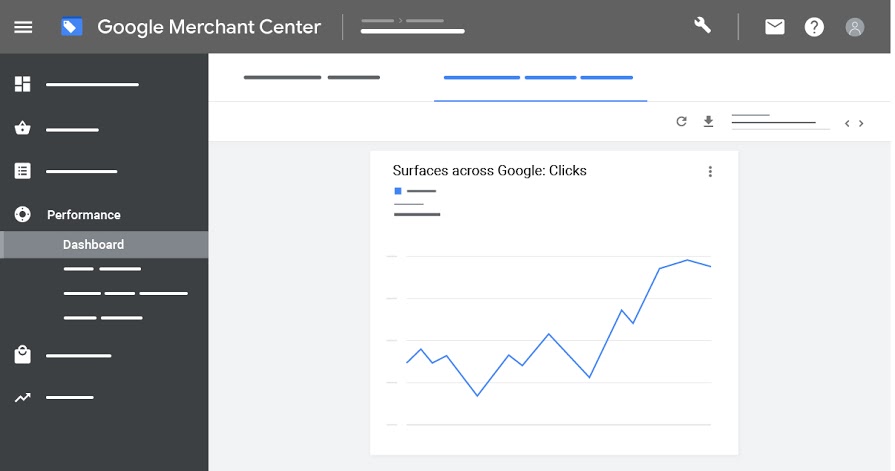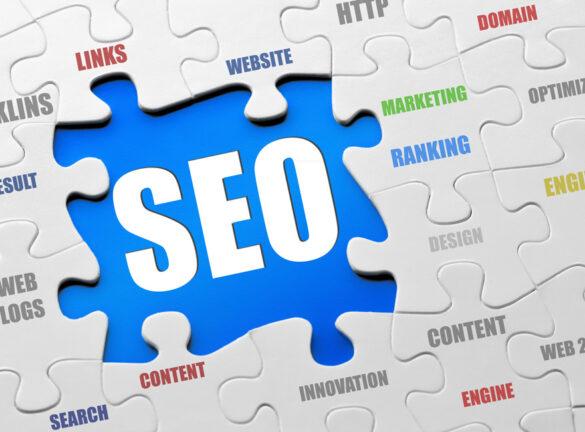
Google vs Amazon – The Saga Continues
Google launches attack against Amazon
Ok, ‘an attack’ might be a bit strong, perhaps ‘a challenge’ or ‘an intention to maim or seriously injure’ would be more appropriate. That said, organic listings will be added to the Google Shopping results page from the end of April. This means companies who previously couldn’t place budget behind products in Google Shopping can now opt-in to be visible to users.
Like most Google updates it will be in the U.S. first and globally before end of year.
This timely update comes as many companies who believed they were solely a bricks and mortar establishment break into the digital marketplace to survive and potentially thrive during Covid-19 lockdown. Customers who never considered online shopping previously are now queueing virtually for delivery slots with new companies emerging for this to order essential items and placing online orders for goods they would have popped out to pick up in-store. This growth in the digital market has created opportunities for SMEs during retail lockdown.
Adjusting Google Shopping to predominantly feature organic product listings will help users by surfacing high demand but difficult to source products. This also increases competition in the product listings tab and between Amazon and Google searches. In 2019 66% of users began product searches in the Amazon platform whether accessed via browser or app. However, if users can find better bargains in the Google Shopping tab they may be more likely to shop there.
Requirements
Companies wishing to qualify to have products featured in the Google Shopping tab sign into the Merchant Centre and opt-in to “surfaces across Google”. Existing users don’t require any changes. It’s as simple as that.
Impact on Paid
PPC-ers who fear the decline of Shopping ads can breathe easy. Firstly, the main Google Search page will remain as is with product listing ads (PLAs) sitting above text ads and organic search results. Although Google does not provide a view on Shopping tab vs. main SERP clicks, we can assume most consumers primarily browse the SERPs rather than the Shopping tab. In any case, PLAs will also continue to serve in the Shopping tab, above and below organic results.
Secondly, any measures taken by Google to compete with Amazon and grow its e-comm market share will only benefit Shopping advertisers in the long run. Whilst the introduction of free listings will attract more retailers and allow Google to expand its product catalogue, the new Google Shopping experience means consumers will soon be able to buy products directly from the Shopping tab, without having to click through to retailers’ sites. If Google succeeds in matching Amazon in terms of product range and shopping experience, we can expect significant growth in Shopping traffic, as users flock to the new one-stop marketplace, rather than searching directly on Amazon. This will ultimately add value to Shopping ad space.
Reporting
Reporting looks rudimentary for the time being. Likely to become more detailed as sellers demand more insights into organic performance.

Source: https://support.google.com/merchants/answer/9838672
PayPal accounts
The PayPal – Google partnership will also launch soon for a faster and simpler onboarding process. This extends Google’s existing partnerships for Google Shopping which to-date include Shopify, WooCommerce and BigCommerce.
Conclusion
Google Shopping’s partial return to its organic roots represents an interesting move in its squaring up to Amazon. Both organic and paid search engine marketeers at ROAST are excited to see how these developments will unfold, and what new optimisation opportunities will emerge as a result.
Written by Sarah Hughes, SEO Account Manager, and Maedhbh Kelly, Paid Media Account Manager.






